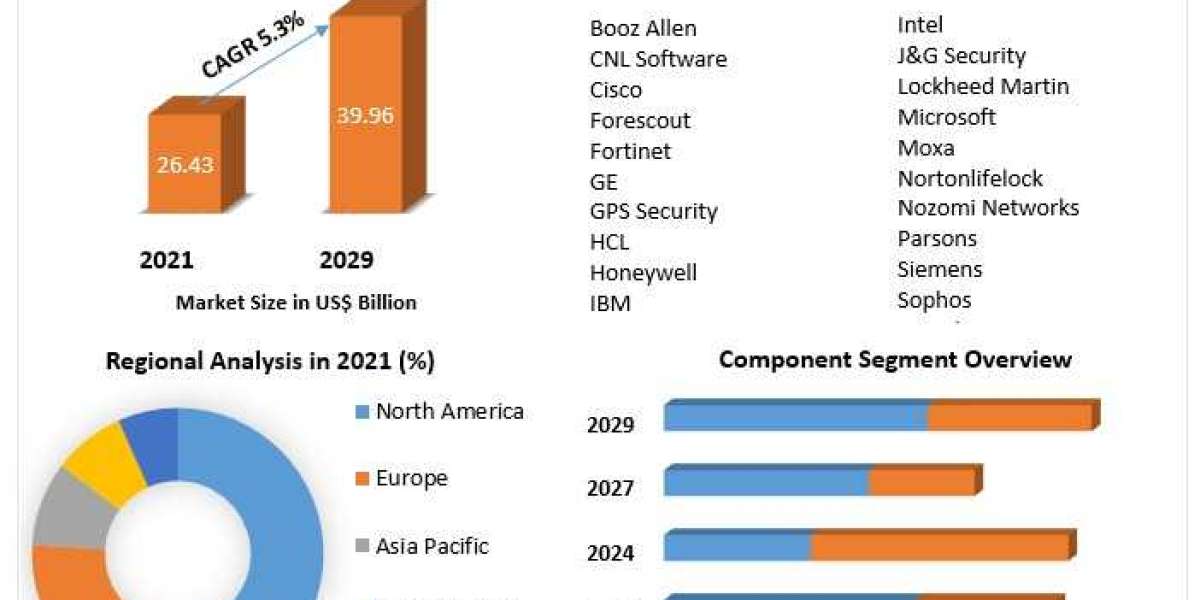Delivering high-quality healthcare and medical screening services to the expansive rural population of India presents numerous challenges. With 67 percent of the population residing in rural areas but 90 percent of medical imaging facilities located in cities, there’s a significant gap in accessibility. Moreover, a mere three radiologists per million people further exacerbates the issue, creating an overwhelming workload for these professionals.
Awareness regarding the importance of timely medical screening has been on the rise, leading to increased demand and pressure on the limited number of radiologists. This scenario necessitates innovative solutions to meet healthcare demands efficiently, with Artificial Intelligence (AI) emerging as a transformative force that could greatly enhance radiological practices.
Revolutionizing Healthcare with Deep Neural Networks
Project MIRIAD, spearheaded by Assistant Professor Debdoot Sheet, investigates how deep neural networks (DNNs) can boost AI-powered radiological screening techniques crucial for saving lives and upgrading healthcare services across India.
The project tackles significant challenges such as handling the wide-ranging diversity of medical images — encompassing x-rays, CT scans, MRIs, and histopathology images — and the domain-specific intricacies related to these images. Each medical image type, varying in lesions and disease manifestations, presents unique detection challenges. The vast array of image channels, which move beyond simple greyscale or RGB, adds layers of complexity to this task.
A breakthrough for Project MIRIAD has been the establishment of a deep neural compression engine specifically for mammograms. The team is progressing well in benchmarking existing DNNs for broader applications in mammography and chest x-ray screenings.
Innovations in Deep Learning-Based Compression
Inspired by deep learning strategies for compressing natural images, Debdoot's team crafted a fully convolutional autoencoder model dedicated to preserving diagnostic features in mammographic images while applying lossy compression.
By leveraging arithmetic coding to encapsulate spatial redundancy in features, resulting in variable bit length for code packing, the team achieved impressive compression factors exceeding 300× (0.04 bpp). This was validated across two publicly available digital mammography datasets, using metrics such as peak signal-to-noise ratio (pSNR) and structural similarity (SSIM) index.
Leveraging Cutting-Edge Supporting Technologies
The team harnessed the power of Intel® AI DevCloud, using Intel® Xeon® Platinum 8160 and Intel® Xeon® Gold 6128 processors for training their neural networks. Implementations ran on PyTorch*, enriched by Intel® Math Kernel Library (MKL) and MKL-DNN bindings, along with Intel® Distribution for Python* 3.5.
Intel's engineers played a pivotal role by optimising the training process, enabling rapid dataset handling via mixed-precision computing. This support, coupled with access to Intel's comprehensive software tools and a robust network of developers, was crucial for the project's success.
Empowering Developers and Enhancing Opportunities
The methodologies for learning-based radiological image compression and screening hold promise for elevating the quality of mass screening programmes significantly. This fosters excellent opportunities for developers eager to apply AI in creating or enhancing medical imaging and diagnostic equipment.
As technology continues to grow and intersect with healthcare, the applications of AI expand beyond just diagnostics. This innovation opens doors to new possibilities, including enhancing visual storytelling in digital media.
The Future of AI in Video Content Creation
In a world driven by visual storytelling, movement is what brings emotion and attention to your content. But creating smooth, professional-grade camera motion from a still image? That used to be nearly impossible—unless you had a full video team.
With smart tools like AI video generator, even a single photo can now feel alive. Dreamlux empowers creators to add depth, cinematic motion, and visual impact—effortlessly. It’s all about transforming static visuals into dynamic stories.
And when it comes to showcasing a product or person with elegance and flair, one effect truly stands out.
Spotlight Your Subject with Rotating Camera AI Effect
The Rotating Camera AI Effect creates a captivating cinematic moment by simulating a smooth, counterclockwise camera pan around your subject—while the subject itself remains perfectly still.
This subtle yet powerful movement mimics the feel of a rotating product showcase or a high-end fashion lookbook, making it ideal for creators, brands, and influencers who want to highlight an object, outfit, or pose with sophistication.
The AI generates a dynamic perspective from a single image, enhancing the visual depth without ever touching a camera.
How to Use the Rotating Camera Effect on Dreamlux
Give your static photo a cinematic twist in just a few steps:
- Visit https://dreamlux.ai and click on "Templates"
- Choose "Free Rotating Camera AI Effect"
- Upload a high-quality image of your subject or product
- Click "Create" and let the AI generate a smooth rotating motion around your image
Dreamlux brings cinematic motion to your fingertips—no film crew required.






